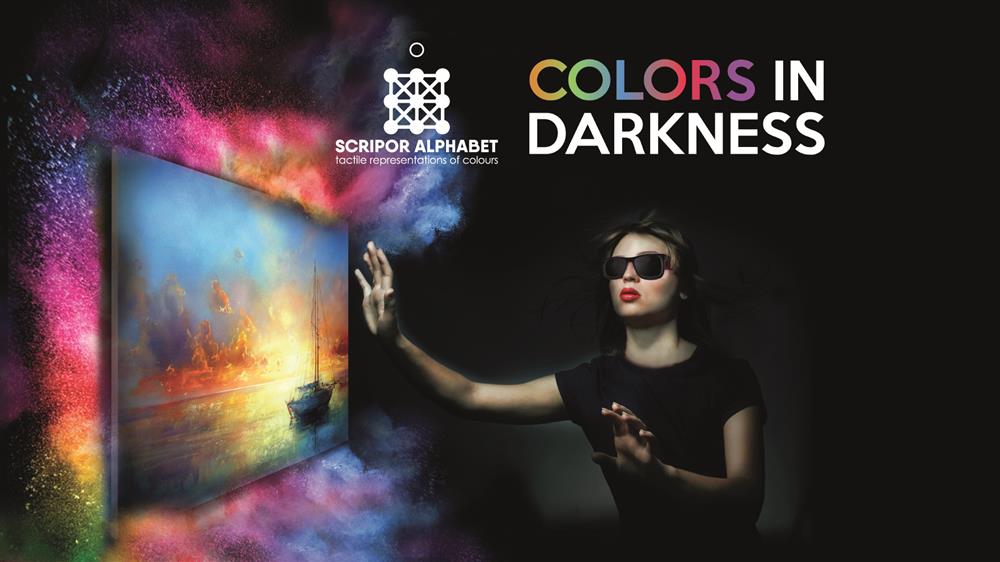Promoting the use of the Scripor alphabet, tactile representations of colour
- Solution
- Scripor Alphabet
- Organization
- Scripor Alphabet Association
- Country of Implementation
- Romania
- Region
- Europe
- Subregion
- Central and Eastern Europe
- Start Year
- 2018
- First published
- 10.02.2023

Solution details
“Our main goal is to implement the tactile alphabet of colours globally.” Vlad Pop, Asociatia Alfabetul Scripor
In 2018 the Scripor Alphabet Association (Asociatia Alfabetul Scripor), based in Cluj, Romania, invented the standardization of ten colours in Braille and created the Scripor alphabet. When Scripor labels are added to packaging, for example, the products become more accessible to the blind, the visually impaired, and colour-blind customers. Scripor is currently onboarding with blind associations in various countries. Between 2018 and 2022 it had distributed 1,000 manuals and held more than 150 workshops.
Problems Targeted
In the absence of universal colour standardization for the blind, individuals with visual disabilities continue to face barriers to inclusion.
Solution, Innovation and Impact
Using the Scripor cell, people who are blind, visually impaired, or colour-blind can distinguish ten colours, in both light and dark shades, identified through a combination of ten dots within a single cell. The Scripor Alphabet is based on an internationally recognized colour theory: A combination of dots from a single cell is used to represent a colour, and two cells represent shades, tonal saturation, or intensity. Users find tactile labels on everyday items such as food packaging, toys, books, fashion labels, and sports equipment. Additionally, they can be added to the public environment, making art galleries, libraries, and sports venues more accessible. Scripor has also actively lobbied COPA-COGECA (the strongest interest group for European farmers) to promote all European wine producers to use tactile alphabet wine labels. In February 2021 a collaboration agreement was signed between Scripor and the Romanian Ministry of Education that will see the Scripor Alphabet implemented in all seven specialist schools within Romania.
Funding, Outlook and Transferability
The Scripor Alphabet is funded thanks to Hidroelectrica SA and Banca Transylvania – two large Romanian corporations that each donated €30,000 in 2021. Additional funding models are currently being developed, including licencing, sponsorships, crowdfunding, and project-based campaigns. The Scripor Alphabet continues to be recognized with international awards, such as the 2019 Gold Medal at the Salon International des Inventions in Geneva, which is indicative of the growth of the organization. In 2018 the organization started with four people and through cooperations within Romania, neighbouring countries, and abroad it had grown to 300 persons collaborating in 2021.
Media
Related information
- Connections
- 2
-
Organization
- People